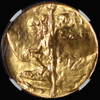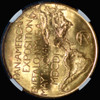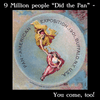NGC MS67 1901 Pan-American Exposition Official Brass Medal. HK-289, R.3, ex. Jeff Shevlin Collection
Brand : NGC
SOLD
NGC MS67 1901 Pan-American Exposition Official Brass Medal. HK-289, R.3, ex. Jeff Shevlin Collection
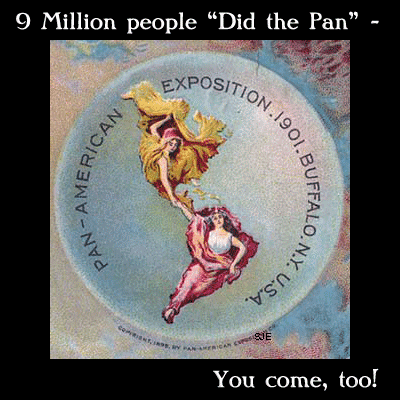 |
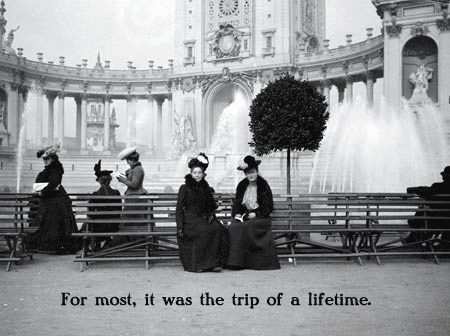 |
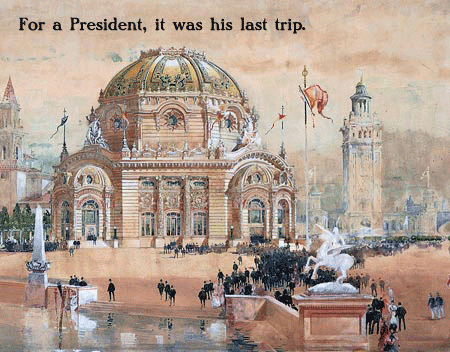 |
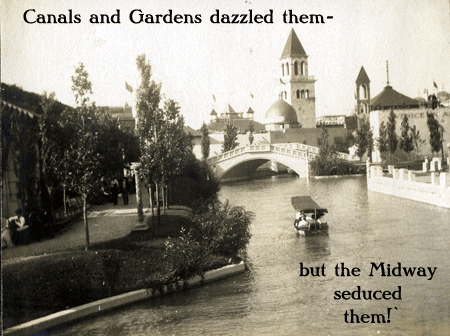 |
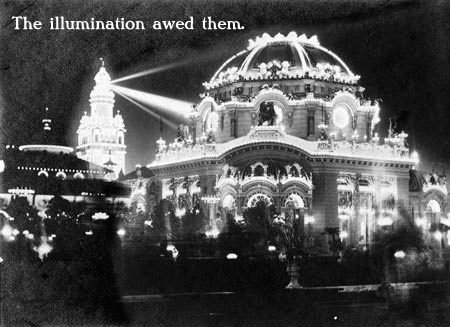 |
The Pan-American Exposition was a World's Fair held in Buffalo, New York, United States, from May 1 through November 2, 1901. The fair occupied 350 acres (0.55 sq mi) of land on the western edge of what is now Delaware Park, extending from Delaware Avenue to Elmwood Avenue and northward to Great Arrow Avenue. It is remembered today primarily for being the location of the assassination of United States President William McKinley at the Temple of Music on September 6, 1901. The exposition was illuminated at night. Thomas A. Edison, Inc. filmed it during the day and a pan of it at night.
The event was organized by the Pan-American Exposition Company, formed in 1897. Cayuga Island was initially chosen as the place to hold the Exposition because of the island's proximity to Niagara Falls, which was a huge tourist attraction. When the Spanish–American War broke out in 1898, plans were put on hold. After the war, there was a heated competition between the cities of Buffalo and Niagara Falls over the location. Buffalo won for two main reasons. First, Buffalo had a much larger population; with roughly 350,000 people, it was the eighth-largest city in the United States. Second, Buffalo had better railroad connections; the city was within a day's journey by rail for over 40 million people. In July 1898, Congress pledged $500,000 for the Exposition to be held at Buffalo. The "Pan American" theme was carried throughout the event with the slogan "commercial well being and good understanding among the American Republics." The advent of the alternating current power transmission system in the US allowed designers to light the Exposition in Buffalo using power generated 25 miles (40 km) away at Niagara Falls.


